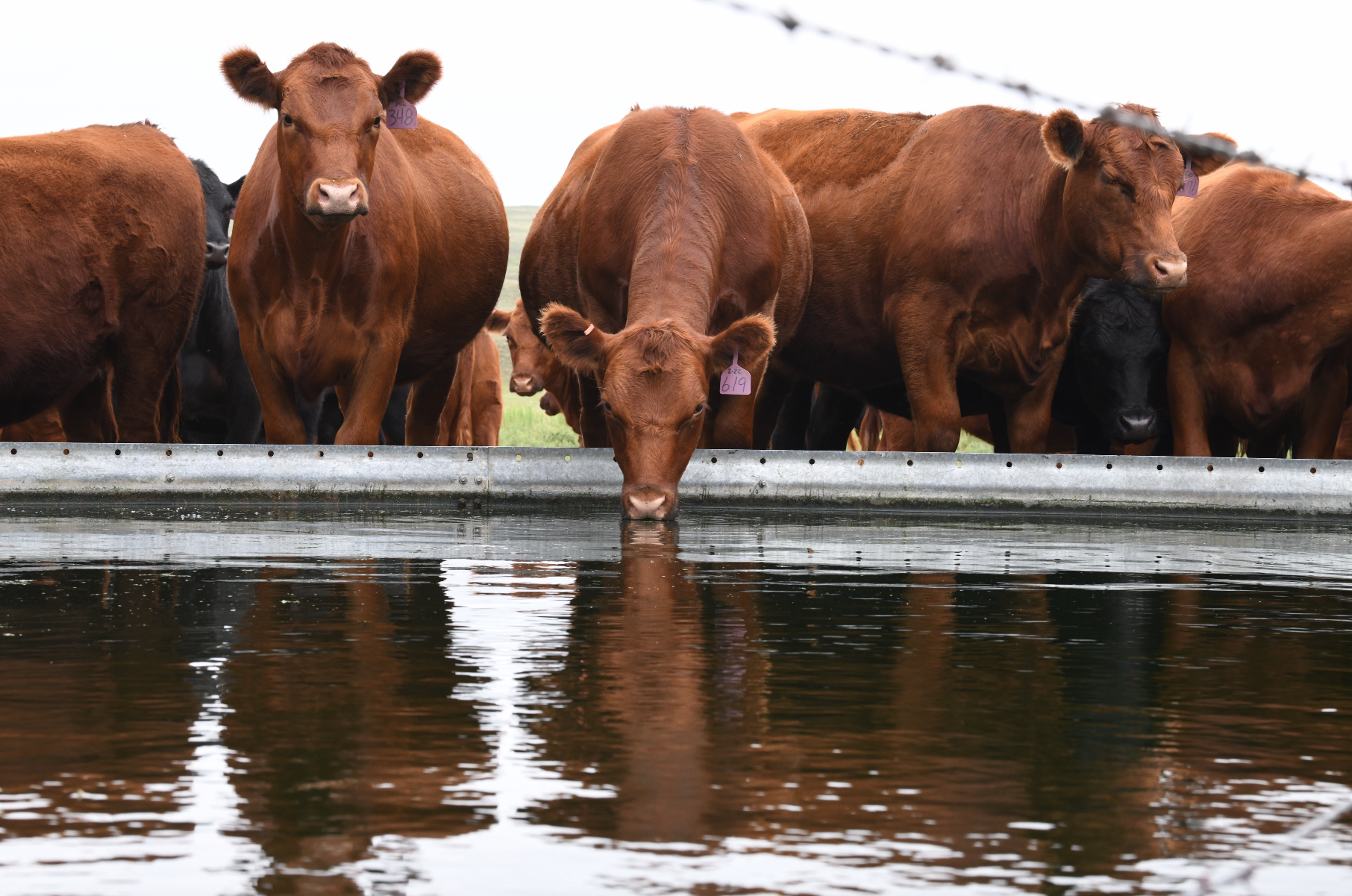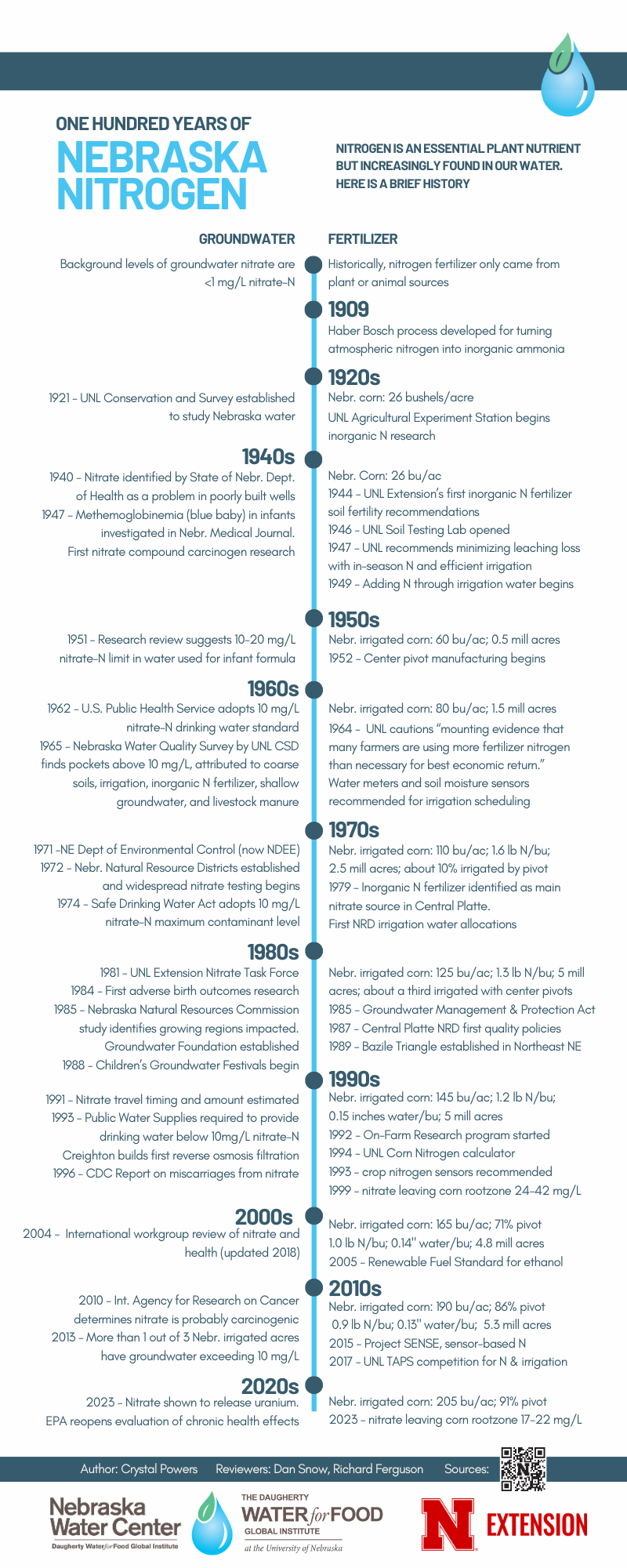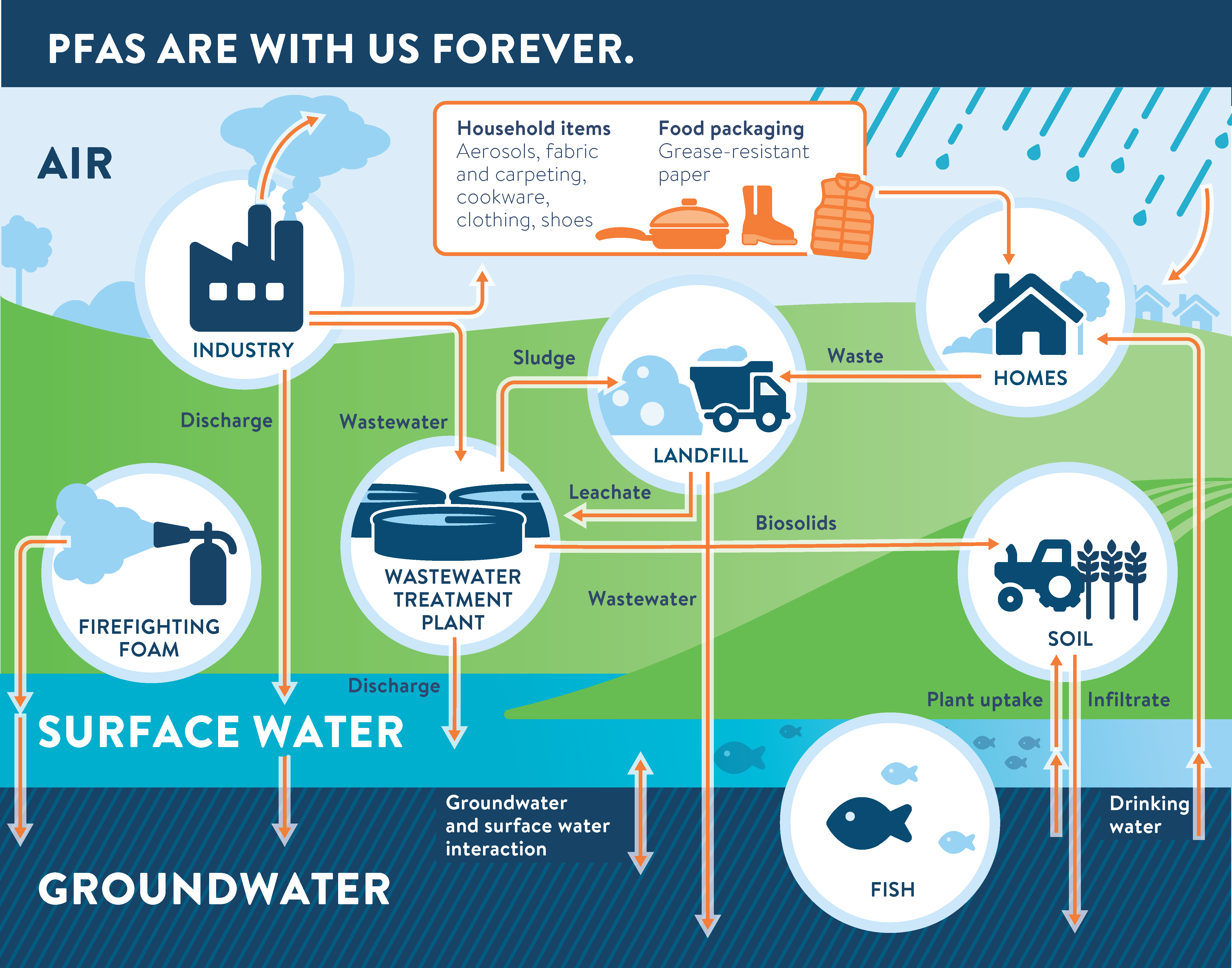Residential Water Use
Drinking Water & Water Wells
Drinking Water & Wells
How much do you really know about the water you drink every day? Where does it come from? Is it safe to drink? Is a home water treatment system necessary? How can drinking water be protected? Explore this section for more detailed information that will help you answer questions or solve problems you may have.
Sign up for updates from UNL Water



